Forget about Ethereum ETFs — Here's what you can do instead
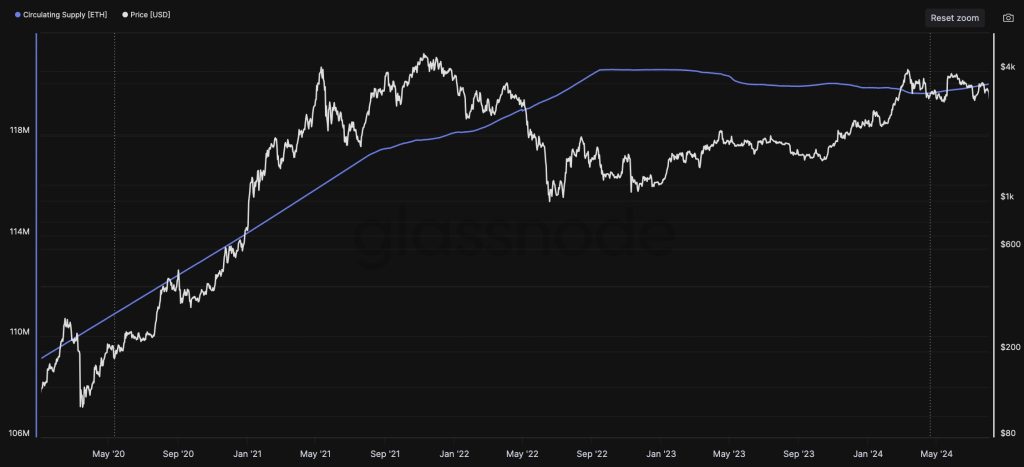
Spot Ether ETFs were supposed to set the gold standard for ETH investing. Unfortunately, they still aren’t allowed to offer staking.

Ignore the hopium. Staking isn’t coming to spot Ethereum (ETH) exchange-traded funds (ETFs) anytime soon — and probably not until United States regulators take a softer stance on crypto. That leaves retail investors with few options. For now, staking on a regulated spot exchange — such as Coinbase or Gemini — is a better choice.
Spot ETH ETFs — which finally listed on US exchanges in July — are supposed to set the gold standard for ETH investing. In many ways they did. High liquidity, low fees, robust investor protections, and easy accounting make a strong case for funds such as Grayscale Ethereum Mini Trust (ETH) and Franklin Templeton’s Franklin Ethereum ETF (EZET).
Unfortunately, without staking, investors seeking to maximize returns must look elsewhere.
Don’t leave Ether on the table
Staking involves locking up ETH as collateral with a validator on Ethereum’s Beacon chain. Stakers earn ETH payouts from network fees and other rewards but risk “slashing” — or losing ETH collateral — if the validator misbehaves. That risk is negligible on reputable staking platforms. Staking currently yields around 3.2% APR — or slightly higher with services such as Flashbots.

Investing in ETH without staking is wasteful — similar to throwing away dividends from stocks. That’s why so many issuers — including Fidelity, 21Shares, and Franklin Templeton — urged regulators to permit staking in ETH ETFs. Those requests were shot down in March. Now, of the eight ETH ETFs trading in the US, not a single one pays staking rewards.
Related: Ethereum ETFs are coming — Here’s what you need to know
Regulators had reason to be hesitant. Spot ETH ETFs aren’t like typical index funds. They rely on a less common structure — known as a Grantor Trust — intended mainly for passive commodity funds. Staking, which arguably requires active management, may be off-limits.
Another concern is liquidity. Timelines vary, but withdrawing staked ETH often takes days. That would make promptly redeeming shares — a core feature of ETFs — almost impossible. Finding the right solution isn’t easy, and depends heavily on regulators’ willingness to cooperate. Don’t expect progress until after the November elections.
Limited Choices
In the meantime, choices are limited. One option is aping into one of the dozens of decentralized finance (DeFi) protocols dealing in liquid staking derivatives (LSDs). Despite the apparent diversity, they all basically model themselves after Lido Finance, the market leader with upwards of $30 billion in total value locked (TVL). Lido users exchange spot ETH for stETH, a tokenized claim on Lido’s staking pool.
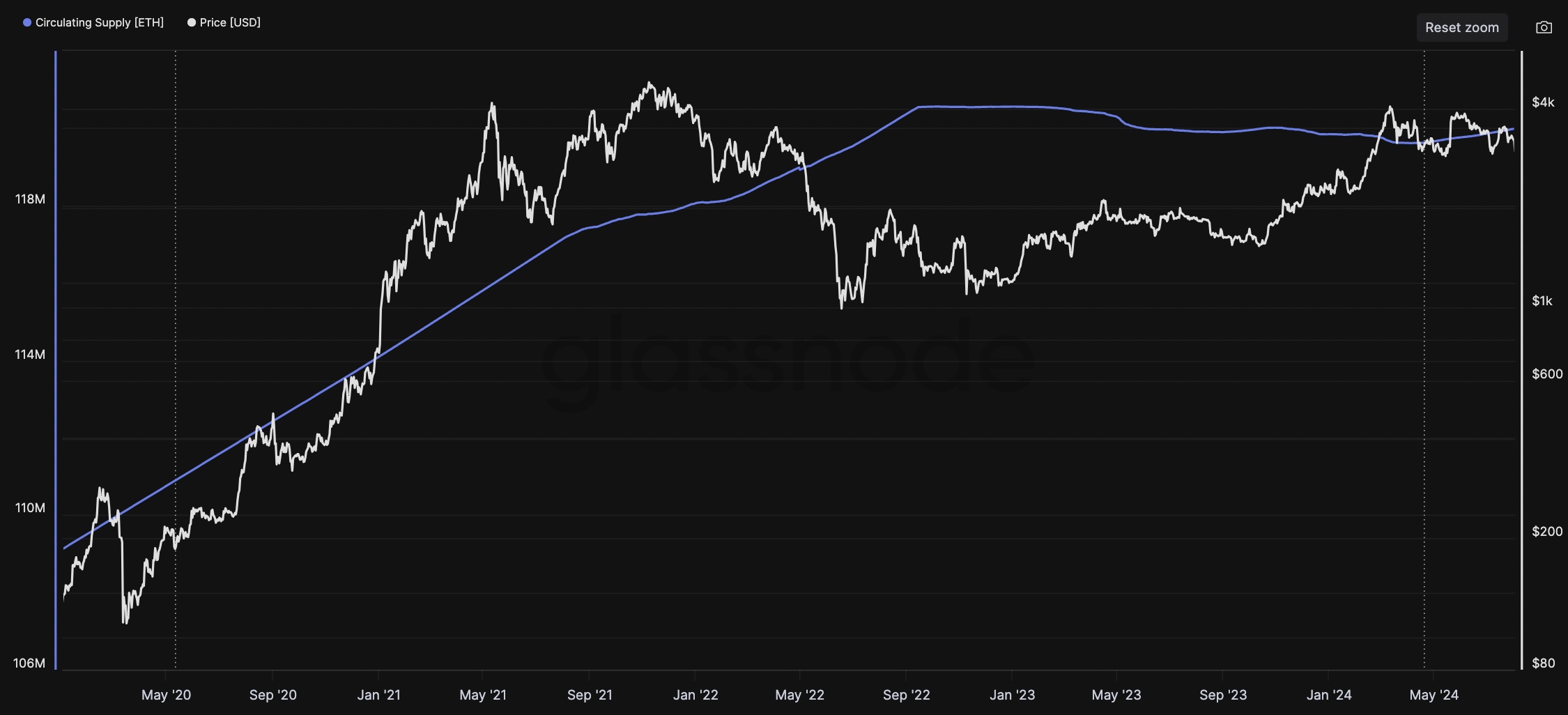
The DeFi ecosystem is a playground for LSDs, with permissionless options ranging from leveraged trading to restaking and more. The problem is that LSDs compound risks for stakers and are largely unregulated, at least in the US. That leaves holders with little recourse if something goes wrong.
Lido’s new institutional platform — which combines composable stETH with infrastructure from Fireblocks and Taurus — might stand apart, but it’s not for everyday investors.
Regulated spot crypto exchanges, including Coinbase and Gemini, are a safer approach. They lack the robust investor protections offered by ETFs but are still subject to meaningful oversight. Coinbase and Gemini are both regulated Virtual Currency Businesses under the New York State Department of Financial Services (NYDFS).
Related: Ethereum’s future rests on 10,000 blockchains
They also adhere to best practices in cybersecurity — including insuring accounts against certain exploits — and stake ETH with professionally-run validators. In 2022, Coinbase added Flashbots’ MEV-Boost, open-source middleware that helps validators order transactions to maximize rewards. Coinbase says no user has ever lost crypto by staking on its platform and, along with Gemini, promises to repay users for errant slashing losses.
Coinbase and Gemini’s most meaningful difference is fees. They both charge commissions on staking rewards, rather than for staking and unstaking crypto. Coinbase generally takes 25% of ETH staking rewards — and 35% on altcoins such as Polygon (MATIC) and Solana (SOL). Gemini, meanwhile, takes only a 15% cut of rewards. (Remember to always do your own research, and carefully consider if staking is right for you.)
Ultimately, investors deserve all the benefits of ETFs and the upside from staking. Everything until then is a stopgap. Thankfully, America’s ice-cold regulatory climate is already starting to thaw. It won’t be long before ETH ETF issuers find a path forward.
Alex O’Donnell is a senior writer for Cointelegraph. He previously founded DeFi developer Umami Labs and worked for seven years as a financial journalist at Reuters, where he covered M&A and IPOs. He is also the crypto growth lead at startup accelerator Expert Dojo.
This article is for general information purposes and is not intended to be and should not be taken as legal or investment advice. The views, thoughts, and opinions expressed here are the author’s alone and do not necessarily reflect or represent the views and opinions of Cointelegraph.


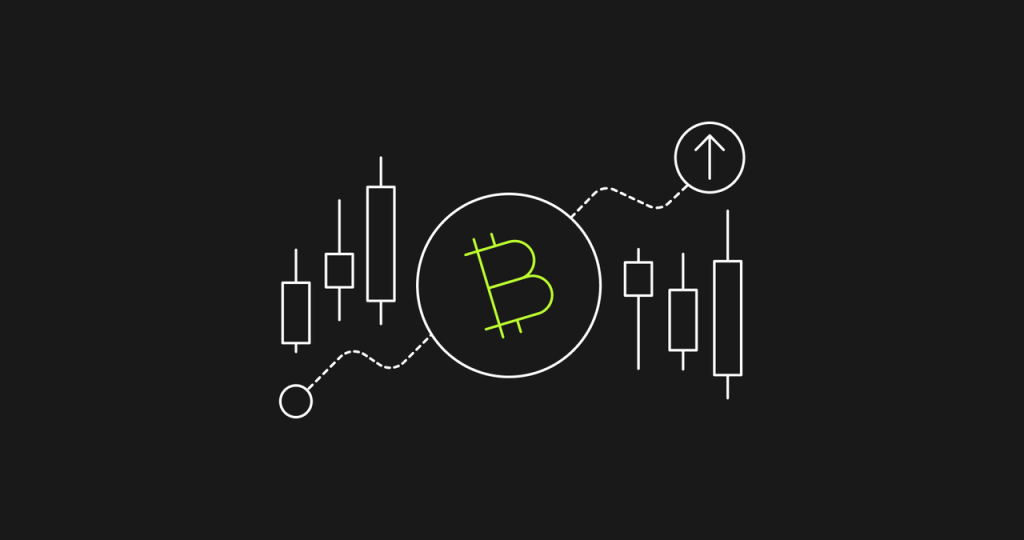
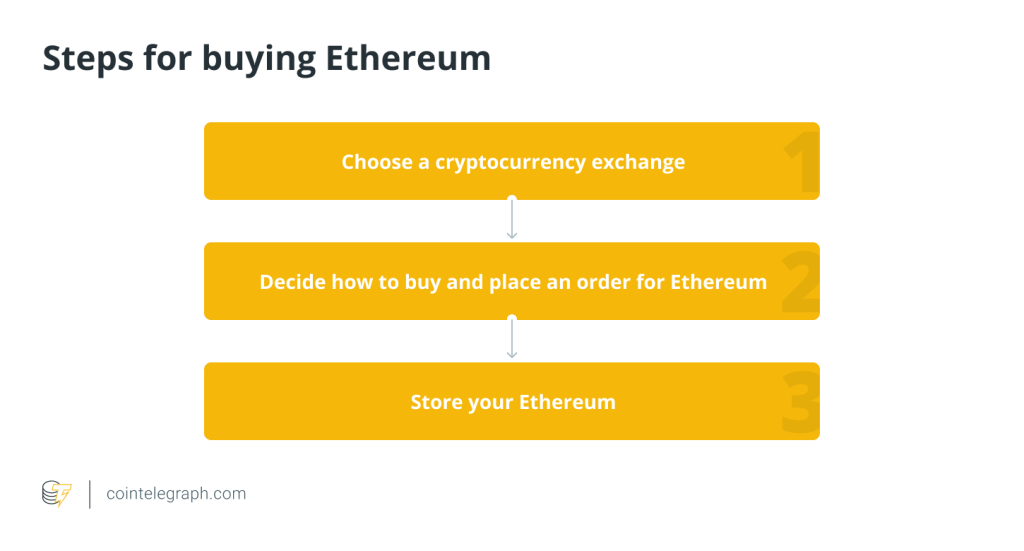
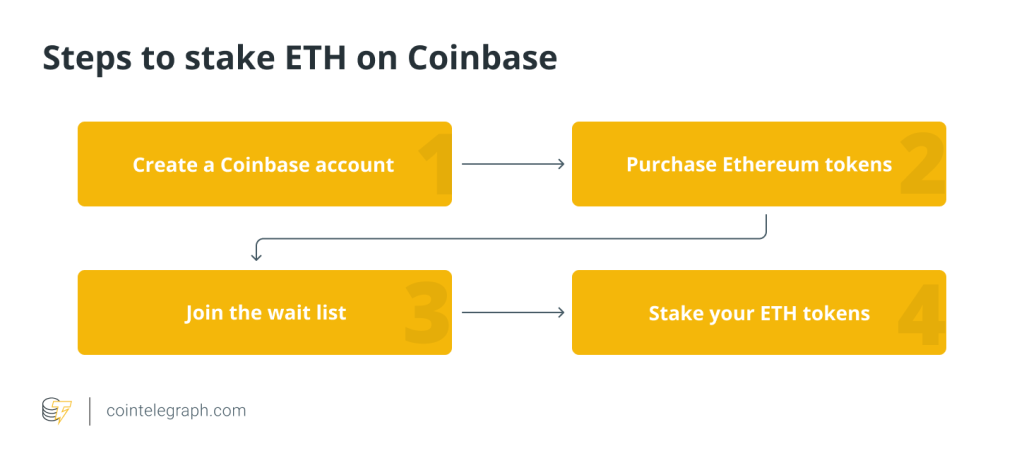

Responses